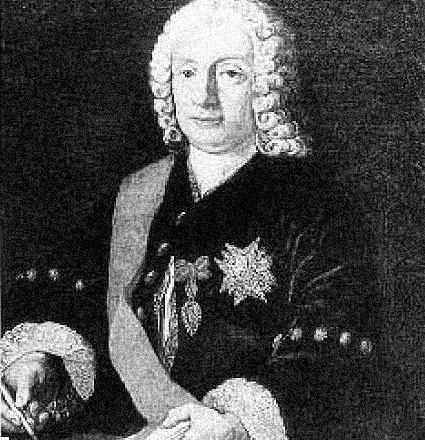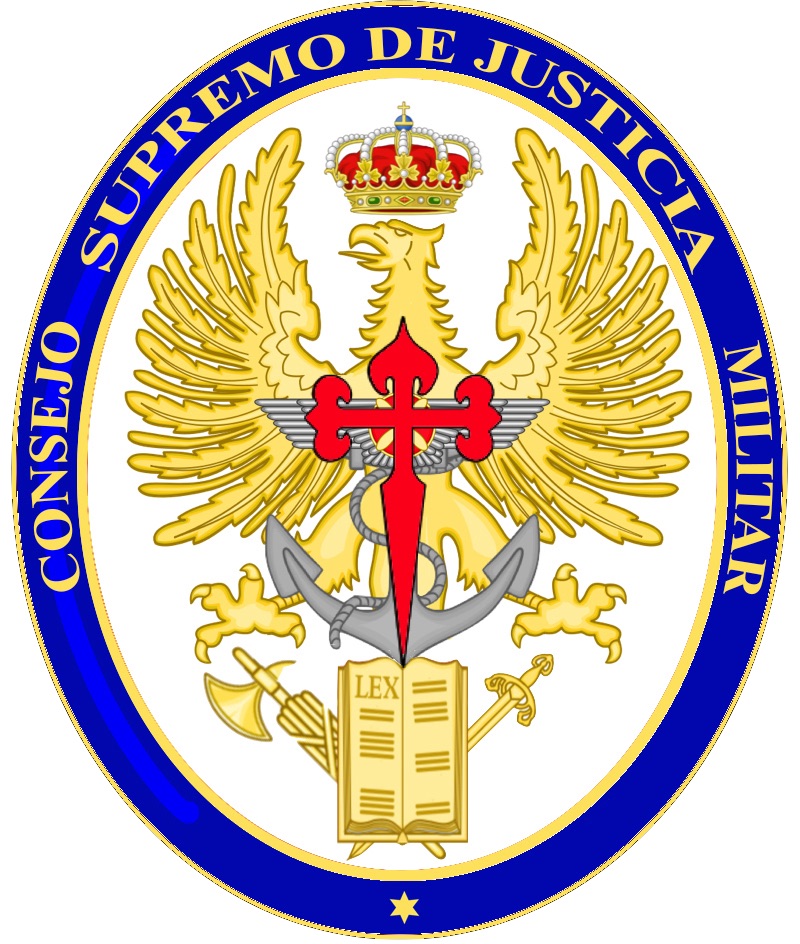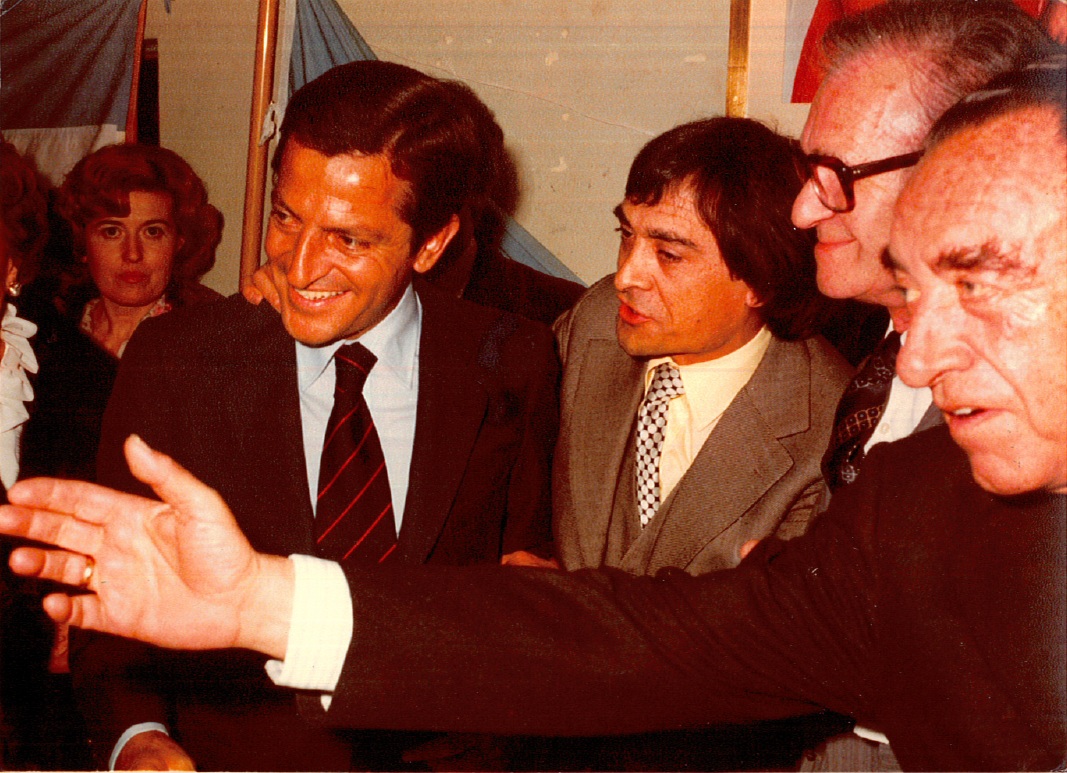|
Ministry Of War (Spain)
The Ministry of the Army () was a government department of Spain that was tasked with oversight of the Spanish Army (''Ejército de Tierra'') during the Francoist regime. The ministry was created on 8 August 1939, after the end of the Spanish Civil War. It was dissolved on 4 July 1977 by the Royal Decree 1558/1977, being merged with the Ministry of Defence as part of the transition to democracy. History The Ministry of the Army originated in the , which existed from the 19th century to the Second Spanish Republic, coinciding with the beginning of the Spanish Civil War and the reorganization of the governmental structure. When the first government of Francisco Franco was formed in 1938, the ''Ministry of National Defense'' was established under the then commander of the , Fidel Dávila Arrondo. The three branches of the Armed Forces (Army, Navy and Air Force) were grouped under its control.Mariano Aguilar Olivencia (1999); pág. 38 It was disestablished on 8 August 1939, after ... [...More Info...] [...Related Items...] OR: [Wikipedia] [Google] [Baidu] |
Ministry Of Defence (Spain)
The Ministry of Defence (MINISDEF) is the Spanish government departments, department of the Government of Spain responsible for planning, developing and carrying out the general guidelines of the Government about the defence policy and the managing of the military administration. It is the administrative and executive body of the Spanish Armed Forces. According to the Constitution of Spain, Constitution of 1978, the Monarchy of Spain, Monarch is the Commander in Chief of the Spanish military. He can declare war or conclude peace with authorization of the Cortes Generales, provided this act is countersigned by the Prime Minister of Spain, Prime Minister. The Ministry of Defence is headed by the Minister of Defence, a Council of Ministers (Spain), Cabinet member who depends directly from the Prime Minister of Spain, Prime Minister. Beneath the Ministry of Defence are five subordinate principal departments: the Armed Forces headed by the Chief of the Defence Staff (Spain), Chief of t ... [...More Info...] [...Related Items...] OR: [Wikipedia] [Google] [Baidu] |
Ministry Of The Navy (Spain)
Ministry of the Navy () was a Spanish government departments, government department of Spain that was tasked with oversight of the Spanish Navy (''Armada Española'') and existed in multiple reincarnations before being finally dissolved in 1977, when its functions were merged with the Ministry of Defence (Spain), Ministry of Defence by Adolfo Suárez. The Office of the Navy of Spain (''Despacho de Marina de España'') was reorganized into the Ministry of the Navy by the Real decreto, Royal Decree from 20 September 1851. It was dissolved twice in its history before being restored by Francisco Franco in 1939, lasting until being merged with the Defence Ministry in 1977 by the Royal Decree 1558/1977, as part of the Spanish transition to democracy, transition to democracy. List of ministers Kingdom of Spain (1700–1810) Spain under Joseph Bonaparte, Napoleonic * Antonio de Escaño (15 October 1808 – 10 January 1810) * Gabriel Císcar, Gabriel Císcar Císcar (31 January 18 ... [...More Info...] [...Related Items...] OR: [Wikipedia] [Google] [Baidu] |
Manuel Azaña
Manuel Azaña Díaz (; 10 January 1880 – 3 November 1940) was a Spanish politician who served as Prime Minister of Spain, Prime Minister of the Second Spanish Republic (1931–1933 and 1936), organizer of the Popular Front in 1935 and the last President of the Republic (Spain), President of the Republic (1936–1939). He was the most prominent leader of the Republican cause during the Spanish Civil War of 1936–1939. A published author in the 1910s, he stood out in the Allies of World War I, pro-Allies camp during World War I. He was sharply critical towards the Generation of '98, the reimagination of the Spanish Middle Ages, Imperial Spain and the 20th century yearnings for a praetorian refurbishment of the country. Azaña followed instead the examples of the French Enlightenment and the Third French Republic, and took a political quest for democracy in the 1920s while defending the notion of homeland as the "democratic equality of all citizens towards the law" that made h ... [...More Info...] [...Related Items...] OR: [Wikipedia] [Google] [Baidu] |
Military Reform Of Manuel Azaña
The military reform of Manuel Azaña was the set of decrees approved between April and September 1931 by the Provisional Government of the Second Spanish Republic (which were later recast and endorsed by the Constituent Courts in the so-called "Azaña Law") and the subsequent laws approved by the Courts at the proposal of the Minister of War Manuel Azaña, a position that he held simultaneously with that of President of the Government since October 1931, and whose objective was to modernize and democratize the Spanish Army as well as to put an end to military interventionism in political life. Azaña's reform was the only one of those approved during the first biennium that was not changed by the center-right governments of the second. When the provisional government was formed, the Ministry of War fell to Manuel Azaña because he was the only member of the "revolutionary committee" who had knowledge of military matters (he had published the first part of a study on the French ar ... [...More Info...] [...Related Items...] OR: [Wikipedia] [Google] [Baidu] |
Supreme Council Of Military Justice
The Supreme Council of Military Justice (, CSJM) was a body of military justice that existed in Spain. Created during the Francoist regime, it recovered the functions of other historical bodies. Currently its functions are exercised by the Fifth Chamber of the Supreme Court. History Background Its origins date back to the time of the Hispanic Monarchy, when the was an advisory body that was closely connected to the Council of State. There is evidence of the existence of the Council of War since at least 1516. Over the following centuries it changed its name on numerous occasions, as did its powers over the Army and the Navy. Between 1834 and 1869 it was called the "Supreme Court of War and Navy". During the following years its structure changed, and the Royal Decree of 13 February 1878 named it the Supreme Council of War and Navy. Its activity extended practically throughout the entire period of the Restoration. In 1931, after the proclamation of the Second Republic, it dis ... [...More Info...] [...Related Items...] OR: [Wikipedia] [Google] [Baidu] |
Carabineros
The was an armed carabiniers force of Spain under both the monarchy and the Second Spanish Republic, Second Republic. The formal mission of this paramilitary gendarmerie was to patrol the coasts and borders of the country, operating against fraud and smuggling. As such the performed the dual roles of border guard, frontier guards and customs officials. The force was established in 1829 and lasted until 1940 when it was summarily disbanded and merged with the Guardia Civil (Spain), Guardia Civil. Motto and uniforms The motto of the was: (Morality, Loyalty, Courage, and Discipline). They were stationed along all the Spanish land borders, in the maritime provinces and in Madrid. Their uniform was dark blue with red facings until the 1920s and thereafter Gray-green, greyish green. Commanders Among the notable commanders of the corps included José Olaguer Feliú (1923–1927), José María Galán and Gonzalo Queipo de Llano (1934–1936). History First hundred years The ... [...More Info...] [...Related Items...] OR: [Wikipedia] [Google] [Baidu] |
Directorate-General Of The Civil Guard
The Directorate-General of the Civil Guard (DGGC) is a component of the Spanish Department of the Interior responsible for exercising the direct command of the Civil Guard law enforcement agency. The DGGC, integrated in the Secretariat of State for Security, is in charge of organize, direct, coordinate and execute the missions entrusted to the Civil Guard by the provisions in force, in accordance with the guidelines and orders issued by the Ministers of the Interior and of Defense, within the scope of their respective powers. The DGGC was created in 1844 as an Inspectorate-General and it was renamed as Directorate-General in 1859. Briefly, during 1932 to 1939 it was known again as Inspectorate-General. Since its inception, it has been integrated in the Ministry of the Interior and it has been dependent also from the Ministry of Defence, in all the maters related to the military nature of the agency. The Directorate-General of the Civil Guard is headed by the Director-General, a ... [...More Info...] [...Related Items...] OR: [Wikipedia] [Google] [Baidu] |
El País
(; ) is a Spanish-language daily newspaper in Spain. is based in the capital city of Madrid and it is owned by the Spanish media conglomerate PRISA. It is the second-most circulated daily newspaper in Spain . is the most read newspaper in Spanish online and one of the Madrid dailies considered to be a national newspaper of record for Spain (along with '' El Mundo'' and '' ABC)''. In 2018, its number of daily sales were 138,000. Its headquarters and central editorial staff are located in Madrid, although there are regional offices in the principal Spanish cities (Barcelona, Seville, Valencia, Bilbao, and Santiago de Compostela) where regional editions were produced until 2015. also produces a world edition in Madrid that is available online in English and in Spanish (Latin America). History was founded in May 1976 by a team at PRISA which included Jesus de Polanco, José Ortega Spottorno and Carlos Mendo. The paper was designed by Reinhard Gade and Julio Alonso. It wa ... [...More Info...] [...Related Items...] OR: [Wikipedia] [Google] [Baidu] |
1977 Spanish General Election
A General elections in Spain, general election was held in Spain on Wednesday, 15 June 1977, to elect the members of the Spanish . All 350 seats in the Congress of Deputies were up for election, as well as all 207 seats in the Senate of Spain, Senate. It was the first free election held in Spain since 1936 Spanish general election, 1936, prior to the outbreak of the Spanish Civil War. It was called by Prime Minister of Spain, Prime Minister Adolfo Suárez as part of the political reform of the Francoist Spain, Francoist regime, ongoing since shortly after Francisco Franco's death in 1975 and promoted by his successor, King of Spain, King Juan Carlos I of Spain, Juan Carlos I. Its aim was to elect a Constituent Cortes that was to draft a Spanish Constitution of 1978, new constitution, which would ultimately lead to the repealing of the Fundamental Laws of the Realm and the culmination of the country's Spanish transition to democracy, transition to democracy. The Union of the Demo ... [...More Info...] [...Related Items...] OR: [Wikipedia] [Google] [Baidu] |
Second Government Of Adolfo Suárez
The second government of Adolfo Suárez was formed on 5 July 1977, following the latter's confirmation as Prime Minister of Spain by Monarchy of Spain, King Juan Carlos I on 17 June, as a result of the Union of the Democratic Centre (Spain), Union of the Democratic Centre (UCD) emerging as the largest parliamentary force at the 1977 Spanish general election, 1977 general election. It succeeded the First government of Adolfo Suárez, first Suárez government and was the Government of Spain from 5 July 1977 to 6 April 1979, a total of days, or . Suárez's second cabinet was initially made up by Independent politician, independents and members from the political parties that had run within the UCD alliance, most of whom would end up joining it upon its transformation into a full-fledged political party. It was automatically dismissed on 2 March 1979 as a consequence of the 1979 Spanish general election, 1979 general election, but remained in acting capacity until the Third government ... [...More Info...] [...Related Items...] OR: [Wikipedia] [Google] [Baidu] |
Adolfo Suárez
Adolfo Suárez González, 1st Duke of Suárez (; 25 September 1932 – 23 March 2014) was a Spanish lawyer and politician. Suárez was Spain's first democratically elected Prime Minister of Spain, prime minister since the Second Spanish Republic and a key figure in Spanish transition to democracy, the country's transition to democracy after Francoist Spain, the dictatorship of Francisco Franco. When Spain was still an autocratic regime, he was appointed prime minister by King Juan Carlos in 1976, hoping that his government could bring about democracy. At the time of his appointment, he was not a well-known figure, making many political forces skeptical of his government. However, he oversaw the end of the Cortes Españolas, Francoist Cortes, and the legalisation of all political parties (including the Communist Party of Spain, a particularly difficult move). He led the Union of the Democratic Centre (Spain), Union of the Democratic Centre and won the 1977 Spanish general electio ... [...More Info...] [...Related Items...] OR: [Wikipedia] [Google] [Baidu] |
Prime Minister Of Spain
The prime minister of Spain, officially president of the Government (), is the head of government of Spain. The prime minister nominates the Spanish government departments, ministers and chairs the Council of Ministers (Spain), Council of Ministers. In this sense, the prime minister establishes the Government of Spain, Government policies and coordinates the actions of the Cabinet members. As chief executive, the prime minister also advises the Monarchy of Spain, monarch on the exercise of their royal prerogatives. Although it is not possible to determine when the position actually originated, the office of prime minister evolved throughout history to what it is today. The role of prime minister (then called Secretary of State) as president of the Council of Ministers, first appears in a royal decree of 1824 by King Ferdinand VII of Spain, Ferdinand VII. The current office was established during the reign of Juan Carlos I, in the Constitution of Spain, 1978 Constitution, which ... [...More Info...] [...Related Items...] OR: [Wikipedia] [Google] [Baidu] |


